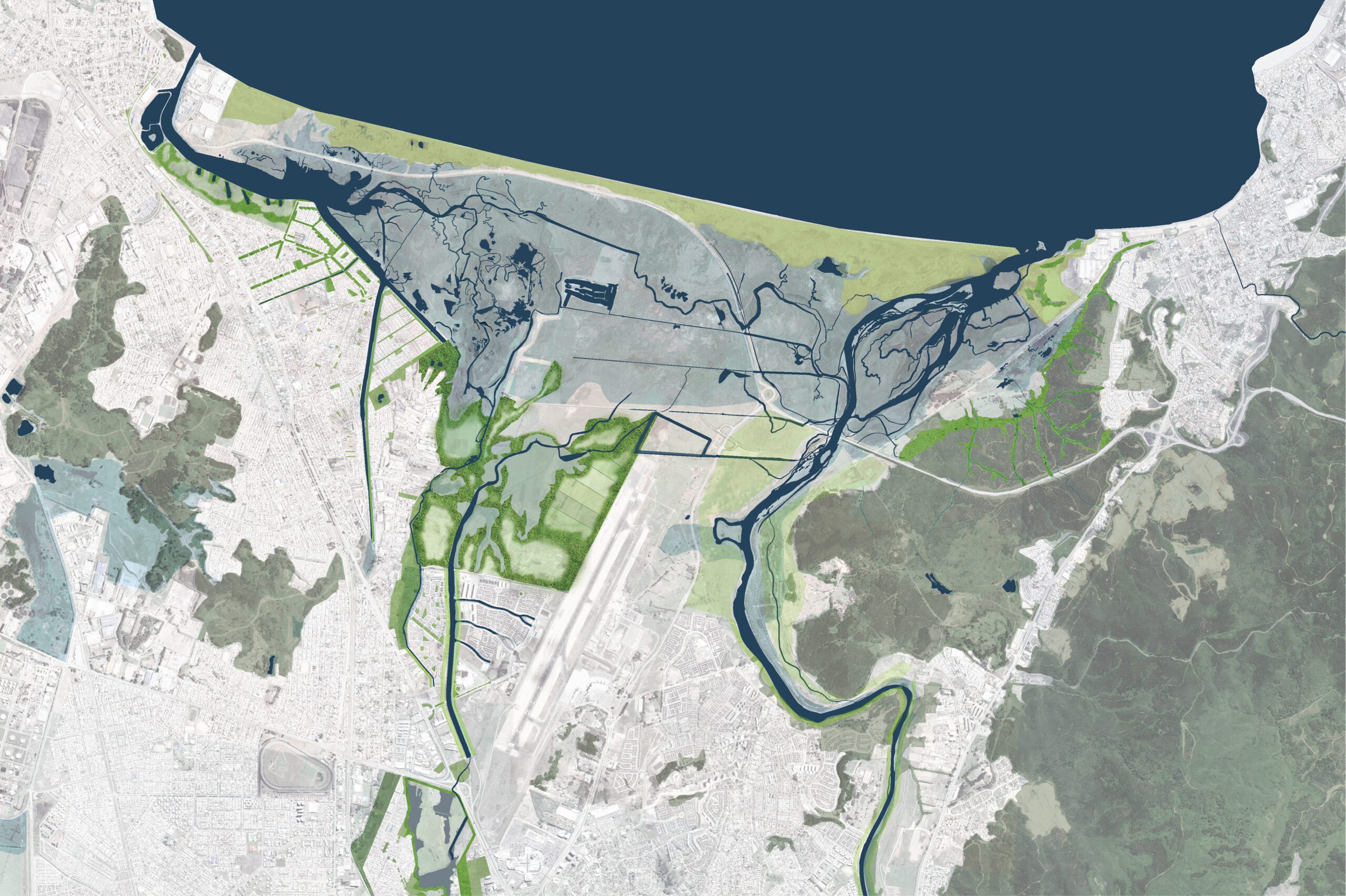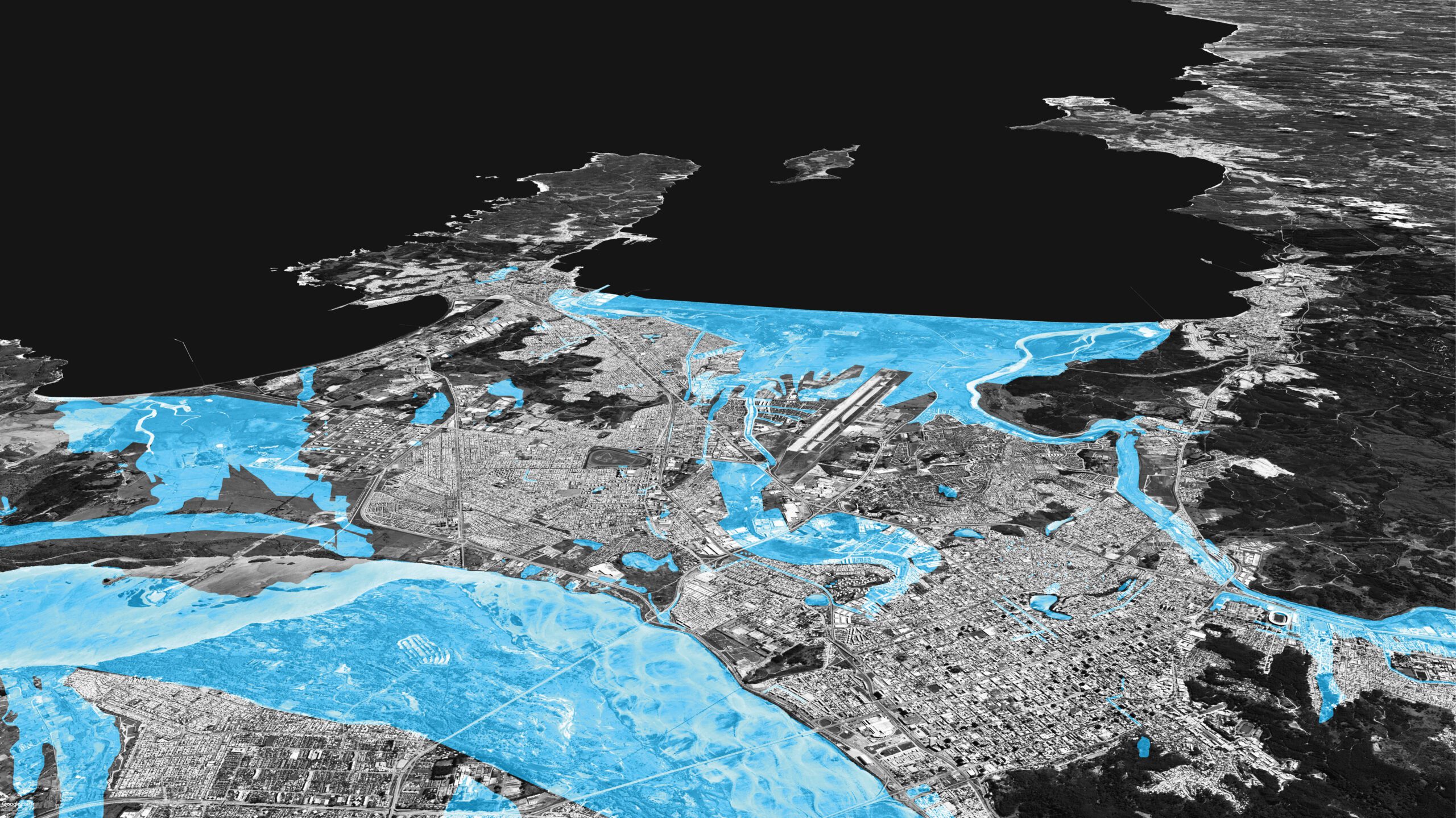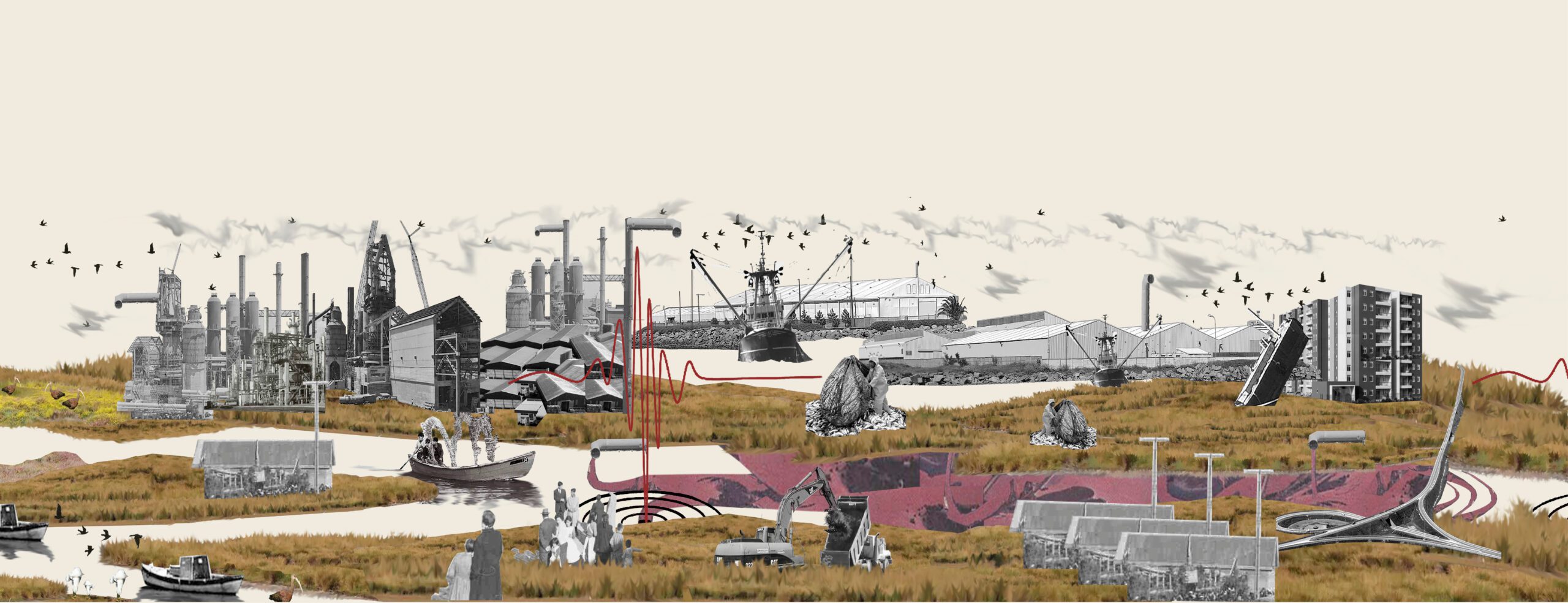Project implementation: Chile
Project development: Chile
Unregulated urban expansion and growing pressure on coastal ecosystems have intensified ecological fragmentation, biodiversity loss, and increased socio-environmental risk in several Chilean cities. In response, Law 21.202 (2020), which establishes legal protection for urban wetlands, emerges as an opportunity to redefine the city-nature relationship, both through territorial design and through integrated, multi-level governance. The central challenge, however, lies in translating regulatory frameworks, scientific knowledge, and social demands into spatially coherent and applicable public policies. The case of the Rocuant-Andalién Wetlands System, in the metropolitan region of Concepción, highlights such socio-ecological conflicts and the institutional fragmentation that limits their resolution.
Within the scope of the GEF Coastal Wetlands Project, of the Ministry of the Environment and UNEP, this study proposes the development of a land use and urban design plan that integrates ecological conservation with urban, social, and governance needs. The proposal is based on three axes: (i) articulating prior environmental diagnoses with an urban-spatial analysis of the system; (ii) prioritizing restoration areas as projective ecological infrastructure and a city-nature interface; (iii) employing design as a tool for intersectoral mediation between the State, communities, academia, and the private sector.
The methodology combines documentary review, fieldwork, projective cartographic analysis, and participatory workshops with multiple institutional and civil society stakeholders. The result is the creation of a Border Area System (BAS), a territorial framework that structures decisions on restoration, risk protection, and land use management, facilitating coordination across planning scales and levels of government.
The final product is a Master Plan for Spatial Planning and Urban Design that recognizes wetlands as critical ecological infrastructure and, at the same time, as a catalyst for an emerging model of territorial governance. The visions developed for four emblematic sectors address specific urban-environmental conflicts and offer solutions that combine green infrastructure, public space, and ecologically adapted housing. More than just a design (understood as a means, not an end), the plan consolidates itself as an experimental instrument for institutional coordination, capable of mobilizing projects, resources, and agreements among multiple actors, strengthening more resilient governance in urban areas marked by the climate and ecological crisis. As practical evidence, a systematic and detailed inventory of the initiatives, projects, and funding derived from the master plan is presented.




